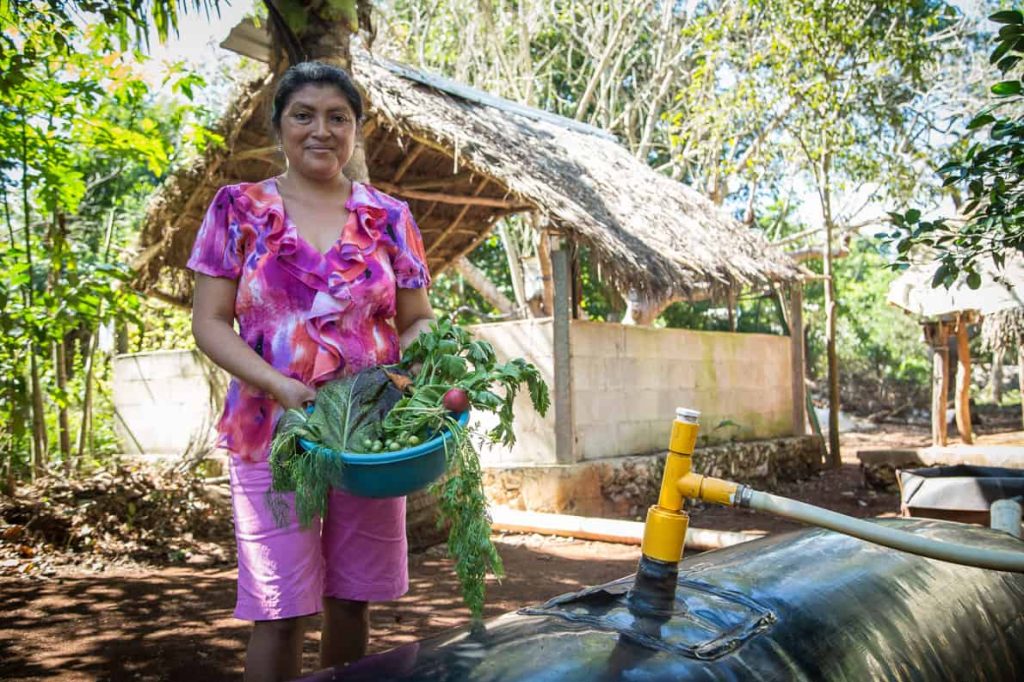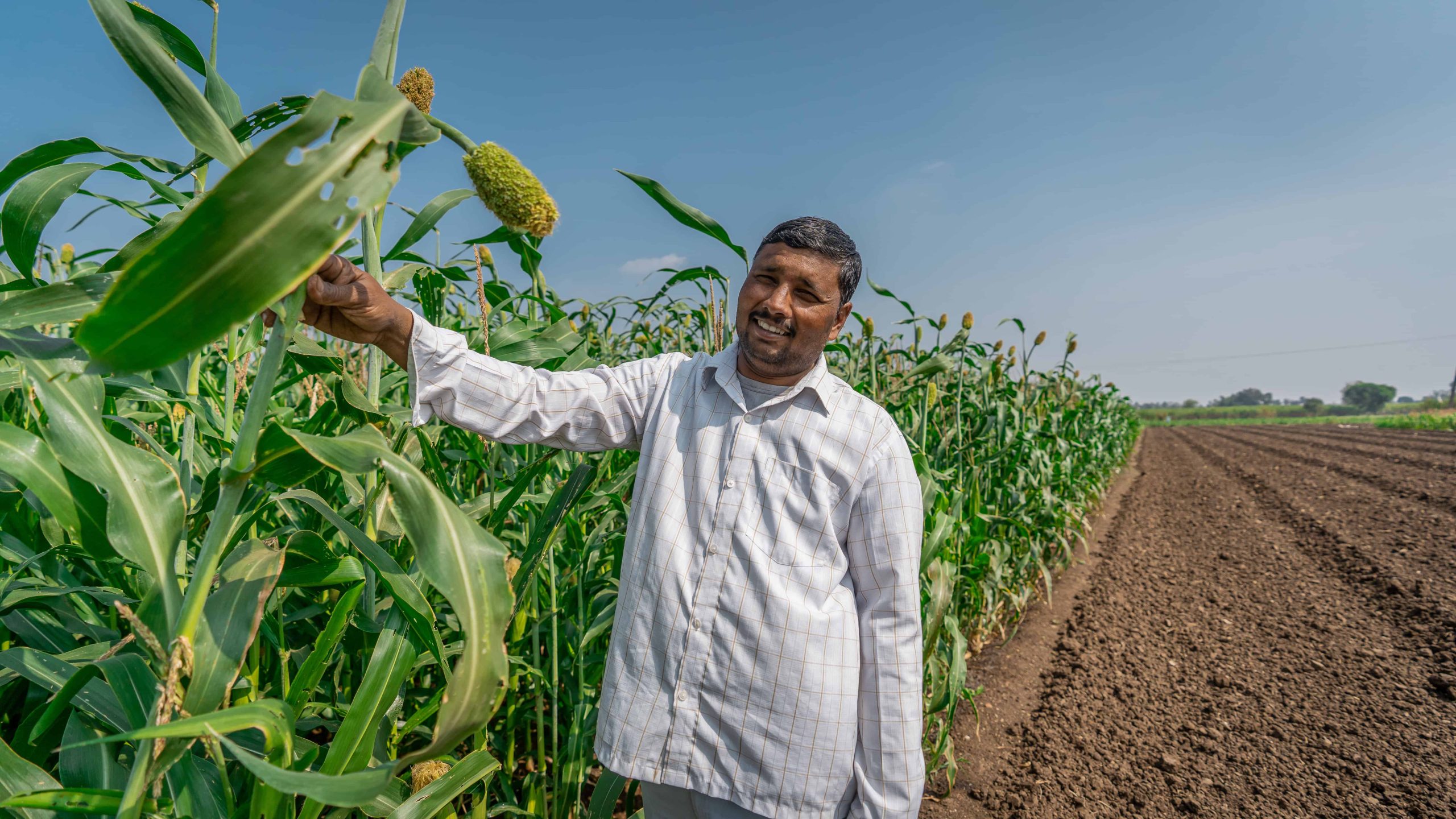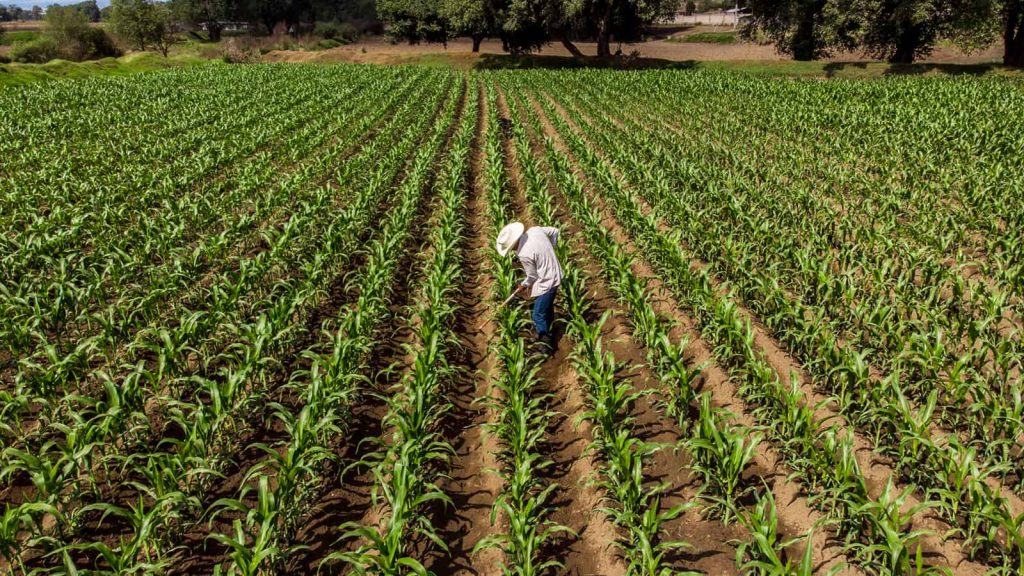
Alex Eaton
CEO & CO-founder
It is no longer adequate to think about the environment as something to protect from people, as there are no long places on our planet that are not directly impacted by our actions. As climate change, plastics pollution and species-loss illustrate, human activity writ large is one of the most impactful forces that contribute to the state of our global and local environments. As species, this is a responsibility we have not fully acknowledged, but also an unprecedented opportunity to co-create our future environment. We need to start with how we eat.
It has been 50 years since the first designation of the world environment day, and the language of environmental protection evolved, yet there is still a persistent externalization of the environment as an issue or entity separate from day-to-day human activities. The environment of Earth for the last millions of years has been dictated mostly by the natural forces of life creating ecosystems and interacting with the physical characteristics of the planet. However, over the last century, human’s population and technological growth have created a new force. The resulting conditions of today’s environment = forces of nature + physical characteristics of our planet + the activities of human beings.
Our weight in this equation means our actions are integral in co-creating the future state of our environment, a task well beyond just protecting it. The health of an environment is generally measured by its ability to support life, both abundance and variety. By protecting the environment, we generally allow natural processes to continue with the minimal influence of damaging human activity. This is important for the natural and protected areas we have left, but over half of our habitable landmass is already heavily influenced by people, like farmlands, towns and cities.

We are in fact co-creating our environment every day with the decisions we make. Think about how you eat: food production accounts for a quarter of greenhouse gas emissions, drives deforestation, consumes huge amounts of fresh water and contaminates rivers, lakes and oceans. But human food production does not have to damage our environment to the extent that it does.
Half of all the habitable land on earth is used for agriculture, which by pure math means that how we farm dictates the landscape and much of the conditions of our environment. We can see this in dark clouds of burning crop residues changing our air quality, in manure and fertilizer runoff creating dead zones in rivers and oceans, and in changing weather and climate conditions as forests are cleared and more greenhouse gases are emitted. One of the largest changes we have seen in our landscapes is many small, diverse family farms being combined into massive tracks of monocultures. In the US, 95% of all farms of disappeared, replaced by a small number of massive, industrialized, energy-intensive and polluting farming operations.
But new innovations and a better understanding of the benefits of many traditional food systems mean that there are options for how we grow and consume food that could slow, and even reverse the damage that agriculture has had on our environment. Agroforestry systems that integrate more trees into agricultural systems to produce food, shade and nutrients have shown they can produce large amounts and varieties of food on smaller areas. Soil management, intercropping and integrating more organic material into the soil can actually pull carbon from the atmosphere and reduce the need for chemical fertilizers. A full 75% of agricultural land is dedicated to livestock but building multilayered forage systems for animals that provide grasses, brush and trees as fodder can reduce the amount of land needed for animals while increasing tress cover. New grazing patterns and soil conservation techniques could reduce the disforestation for grazing lands, and even create carbon negative pasture lands where livestock and wildlife can coexist.

At Sistema.bio we provide technology, training and financing that enable farmers to make decisions about how their farms impact the environment. Our technology allows farmers to treat organic waste before it has a chance to turn into damaging runoff, and instead turn it into valuable clean energy and organic fertilizer. This allows them to cut less trees, use less fossil fuel and apply less chemical fertilizer. They in-turn contaminate local waterways less and produce less GHG gases. With an availability of abundant biofertilizer and training, farmers can integrate agroforestry and regenerative agricultural practices that can help them produce more, and higher quality food for global consumers.
If you are not a farmer, you can still play a part in how food production impacts our environment Eating organic and regenerative food, especially meat, can dramatically reduce the impact of your diet on the environment. The money you spend on food is investing in one vision of the future or another, and it is important to take responsibility for that decision.
With access to the appropiated technology and demand for food grown in regenerative systems, farmers are able to change their local landscapes and also play a part in co-creating our global environment. Our goal at Sistema.bio is to equip hundreds of millions of family farmers with the technology and training they need to produce better food that creates a healthier environment for everyone. By doing this we could cut the emissions from our food in half and makes sure half of the habitable land on earth is filled with biodiverse, regenerative farms.
